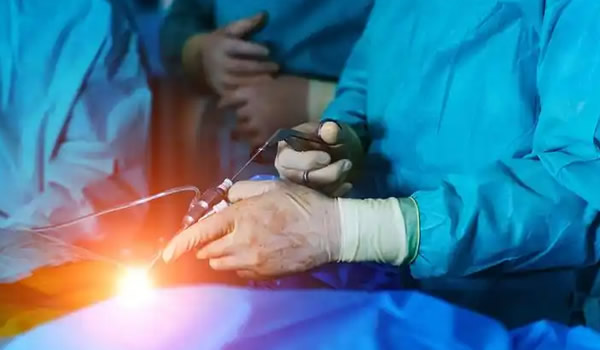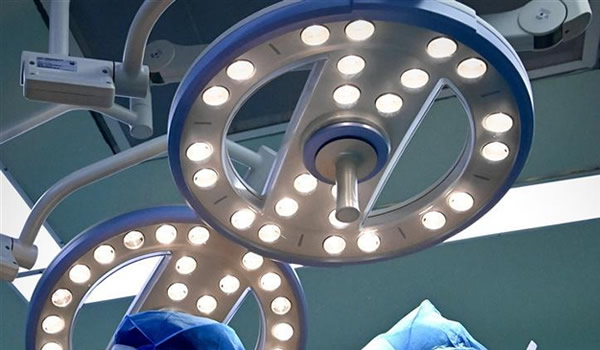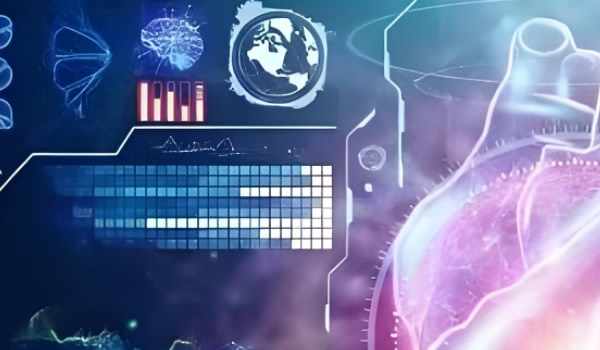Osteoporosis, a condition characterized by low bone mass and structural deterioration of bone tissue, is a major public health concern in Asia. With aging populations, sedentary lifestyles, and nutritional deficiencies, the incidence of osteoporosis and related fractures is rising dramatically. This article explores osteoporosis trends in Asia, risk factors, diagnostic approaches, treatment methods, and strategies for prevention and better management.

Osteoporosis: A Silent Epidemic in Asia
- Global impact: Osteoporosis affects more than 200 million people worldwide.
- Asian burden: Over half of all hip fractures will occur in Asia by 2050.
- Silent nature: Osteoporosis progresses without symptoms until fractures occur.
- High costs: Osteoporotic fractures significantly increase healthcare expenses and mortality rates.
Risk Factors for Osteoporosis
1. Non-Modifiable Risks
- Age: Risk rises significantly after age 50.
- Gender: Women, particularly postmenopausal, face higher risk.
- Genetics: Family history of fractures increases risk.
2. Modifiable Risks
- Dietary deficiencies: Low calcium and vitamin D intake common in Asia.
- Physical inactivity: Sedentary lifestyles reduce bone strength.
- Smoking and alcohol use.
- Low body weight: Common in Asian women, linked with reduced bone density.
3. Secondary Causes
- Chronic diseases such as thyroid disorders, kidney disease, and rheumatoid arthritis.
- Long-term corticosteroid use.
Symptoms and Complications
- Osteoporosis often has no early symptoms.
- Advanced stages present with: Back pain due to vertebral fractures. Loss of height and stooped posture. Fragility fractures in hip, spine, and wrist.
- Hip fractures are particularly devastating, with high disability and mortality rates in Asia.
Diagnosis of Osteoporosis
- Bone Mineral Density (BMD) Test: Dual-energy X-ray absorptiometry (DXA) is the gold standard.
- T-score: ≤ -2.5 indicates osteoporosis.
- Fracture Risk Assessment Tool (FRAX): Calculates 10-year fracture risk.
- Blood tests: Assess calcium, vitamin D, and thyroid function.

Treatment Approaches
1. Lifestyle and Nutritional Management
- Calcium intake: 1000–1200 mg/day recommended.
- Vitamin D supplementation: Especially important in regions with limited sun exposure.
- Exercise: Weight-bearing and resistance training improve bone health.
- Fall prevention: Home safety modifications and balance training.
2. Medications
- Bisphosphonates (alendronate, risedronate): First-line therapy.
- Denosumab: Monoclonal antibody reducing bone resorption.
- Selective Estrogen Receptor Modulators (SERMs): For postmenopausal women.
- Hormone replacement therapy (HRT): Used cautiously due to risks.
- Anabolic agents (teriparatide, abaloparatide): Stimulate bone formation.
3. Surgical Interventions
- For vertebral compression fractures: vertebroplasty or kyphoplasty.
- Hip replacement surgery in cases of severe hip fractures.
Daily Care and Long-Term Management
- Adequate nutrition and supplements.
- Regular physical activity (tai chi, yoga, brisk walking).
- Bone health monitoring with periodic BMD tests.
- Avoidance of smoking, alcohol, and excessive caffeine.
- Education programs for patients and families on fracture prevention.

Prevention Strategies in Asia
- Public Awareness Campaigns Education about bone health in schools and communities. Campaigns promoting calcium-rich diets (dairy, soy, leafy greens).
- Policy-Level Interventions Subsidized DXA scans for early detection. Vitamin D fortification of staple foods. Insurance coverage for osteoporosis drugs.
- Targeted Screening Programs Postmenopausal women and elderly men as priority groups. High-risk patients with chronic diseases.
Regional Insights
- China: Rapidly aging population; urban women at highest risk.
- India: Widespread vitamin D deficiency despite sunny climate.
- Japan: High awareness, advanced treatment protocols.
- Southeast Asia: Rising fracture rates due to nutrition transition and sedentary lifestyles.
Future Directions
- AI-driven risk prediction models: Personalized fracture risk assessment.
- Wearable technology: Tracking physical activity and fall risk.
- New drugs: Romosozumab and next-generation anabolic therapies.
- Integrative medicine: Combining traditional Asian diets with modern treatments.
Conclusion
Osteoporosis is a silent yet devastating disease that threatens millions of people in Asia. With the region’s rapidly aging population, the burden of fractures will continue to rise unless urgent action is taken.
The key lies in prevention, early detection, lifestyle modifications, and access to effective medications. By combining modern medical approaches with strong public health strategies, Asia can reduce the impact of osteoporosis and protect the bone health of its populations.
osteoporosis Asia, bone health, osteoporosis treatment Asia, osteoporosis prevention strategies